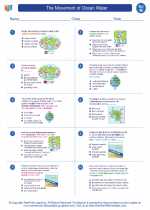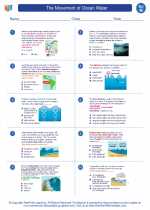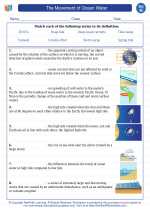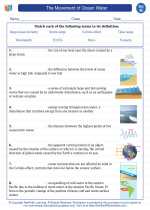Population
Population refers to the total number of individuals of a particular species in a specific area or region at a given time. It is an important concept in biology and ecology, and understanding population dynamics is crucial for understanding how ecosystems function.
Factors Affecting Population Size
Several factors can affect the size of a population:
- Birth Rate: The number of individuals born into the population over a specific period of time.
- Death Rate: The number of individuals that die in the population over a specific period of time.
- Immigration: The movement of individuals into a population from another area.
- Emigration: The movement of individuals out of a population to another area.
Population Growth
Population growth can be influenced by the birth and death rates, as well as immigration and emigration. When birth rates exceed death rates, and immigration exceeds emigration, the population will grow. Conversely, when death rates exceed birth rates, and emigration exceeds immigration, the population will decrease in size.
Population Density
Population density refers to the number of individuals of a species per unit area or volume. It is calculated by dividing the total population size by the total land area or volume of the region. High population densities can lead to increased competition for resources and potential conflicts within the population.
Population Distribution
Population distribution refers to the spatial arrangement of individuals of a species within a particular area. It can be uniform, clumped, or random, and is influenced by factors such as resource availability, environmental conditions, and social behaviors of the species.
Studying Populations
Population ecologists use various methods to study populations, including:
- Sampling Techniques: Such as quadrat sampling and mark-recapture methods to estimate population size.
- Population Models: To simulate population dynamics and understand how populations change over time.
- Demographic Studies: To analyze the age structure, birth and death rates, and other demographic characteristics of a population.
Understanding population dynamics is essential for conservation efforts, management of natural resources, and predicting the impacts of human activities on ecosystems.
[Population] Related Worksheets and Study Guides:
.◂Science Worksheets and Study Guides Eighth Grade. The Movement of Ocean Water

 Worksheet/Answer key
Worksheet/Answer key
 Worksheet/Answer key
Worksheet/Answer key
 Worksheet/Answer key
Worksheet/Answer key
 Vocabulary/Answer key
Vocabulary/Answer key
 Vocabulary/Answer key
Vocabulary/Answer key
